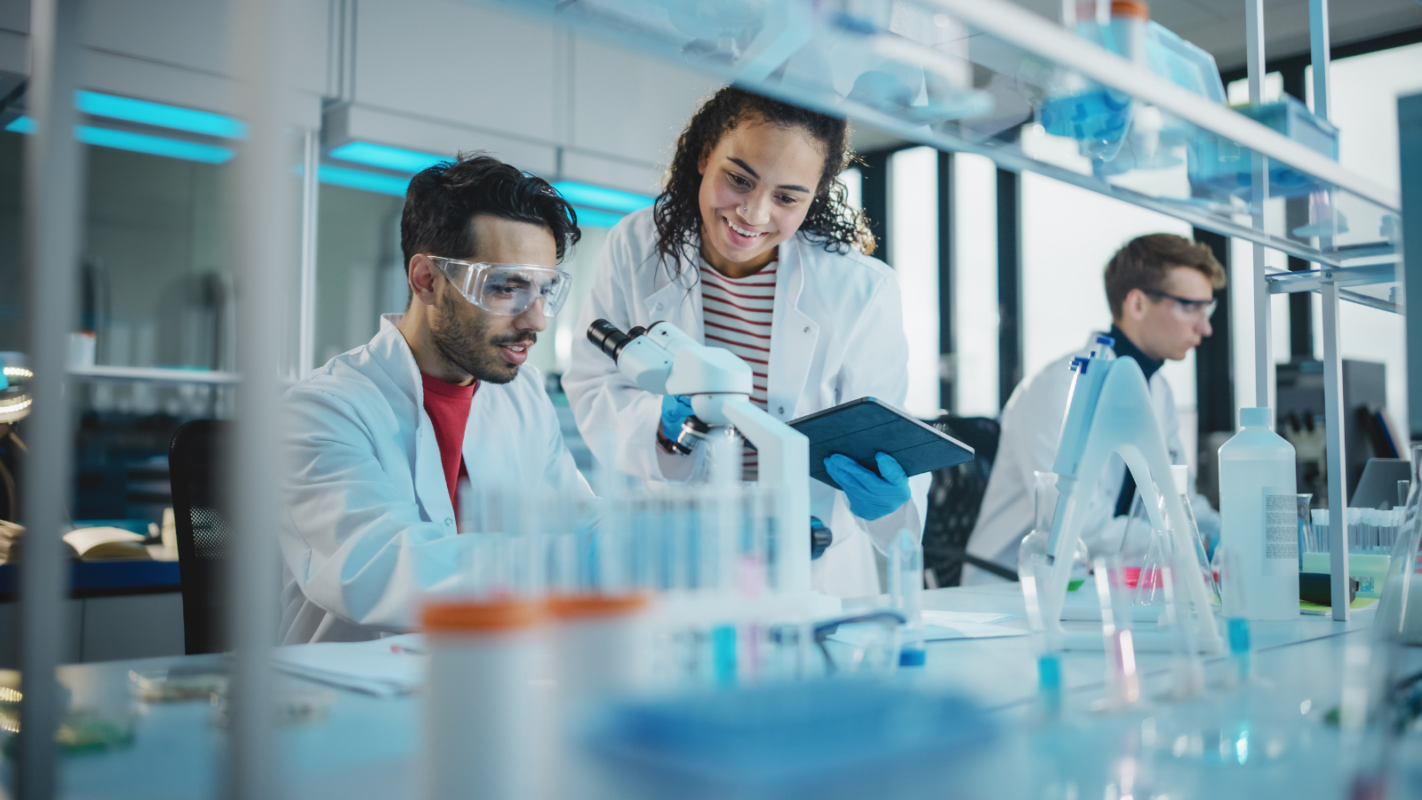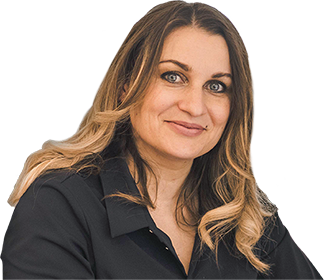

Biofoundries are a relatively new player in biotechnology, but they’ve rapidly become hubs of innovation and scientific advancement. These multidisciplinary centres combine concepts from computer sciences, engineering, and biology to transform basic research findings into widespread societal change. With biofoundries positioned to solve global issues, including pandemic preparedness, we’ve put together the following guide on the keys to building a successful biofoundry.
Let’s start with the basics.
A biofoundry is an integrated facility that combines biological, chemical biology, and engineering systems with tools like automation, high-throughput measurement, integrated data analysis, and artificial intelligence (AI) to enable feedback loops that facilitate iterative end-to-end cycles of design, build, test, and learn.
In a multidisciplinary setting like this, you can imagine many difficulties that hinder progress can arise. Chief among them is data connectivity and ensuring that all instruments, personnel, and software communicate effectively.
So, how do you navigate those challenges and ensure that your bio-foundry operations continue smoothly?
Often, labs throw a lot of money into purchasing the latest toys and assume that everything can be automated. But automation starts with a strong foundation of standardised practices. Biofoundries must have an overall workflow schema that is tested and optimised before the fancy toys even enter the lab.
Here are 7 steps to building a connected, successful biofoundry.
Biofoundry success starts with a framework that supports all personnel, equipment, and software. When creating your infrastructure, consider the following:
Fancy robots cost a lot of money. Be sure to evaluate your biofoundry’s values. Do you need to pay for that liquid handler that is accurate to within 0.000001 mL? If so, make it a strategic purchase, as part of your business plan.
If not, there are many other reliable and less expensive robots out there that can get the job done for you.
Other budget considerations include:
GxP or 21CFR Part11 compliance might not be necessary for your lab; however, ensuring you don’t step out of compliance will bring more trust and accuracy to your workflows.
Compliance with specific regulations can also open inroads to fruitful collaborations. Consider GDPR, CLIA, and HIPAA compliance to attract partnerships with hospitals and other healthcare companies.
As remote work has taken over, prioritising company culture has fallen by the wayside. People are getting fired on Zoom and sending passive-aggressive emails about a minor conflict when a face-to-face conversation over coffee will do. Thoughtful and conscious communication has disappeared. But in a multidisciplinary environment, like a biofoundry, openness to transparent communication must be in the organisation’s DNA.
Establishing stand-up meetings, consistent training regimens, and facilitating a culture of incentivized ideas and suggestions will go a long way. There are always great ideas for optimization that frequently get lost in the mix due to poor communication or fear of rejection.
Communication about operations can also be streamlined and clarified through digital platforms, where workflows and protocols can be accessed, tracked, and updated to maintain and optimise biofoundry performance.
We frequently mistake looking at a period of plateau in performance as a “good enough” result when, in reality, it is just short-term stability. In the age of AI/ML, where software and robotics are updated a minimum of 4 times a year, training, educating, and motivating staff to stay updated with the latest technologies is essential. This encourages a culture of constant improvement and experimentation. But, be sure to evaluate how these adjustments affect your performance: If a new tool isn’t suiting you, move on and look for another solution.
One of the most underestimated tools in biofoundries is automation. Your robot may be fancy, but if you have to tend it every 5 minutes or don’t trust its performance, then you’re not using automation to its full potential. Measure the success of your automation based on the time you can use your instrument with confidence that a protocol will run precisely as you intend.
The most important aspect of biofoundry automation is developing a digital lab and data strategy. In short, that means how you will digitise your biofoundry’s operations.
Defining a strong sample strategy (i.e., A systematic plan for handling, processing, and analysing samples) right from the beginning is imperative to successful lab operations. Next, consider the data that will be generated from sample analysis.
Key questions include:
In an article in Nature about Flagship Pioneering (an early backer of Moderna), the consensus is clear: Biotech innovators derive numerous benefits from software that connects their operations. Digital lab platforms that enhance collaboration between chemists, biologists, bioinformaticians, and other biofoundry personnel are becoming the norm in our post-pandemic world.
And the benefits are tangible. Flagship Pioneering’s Aram Adourian says, “In our groups, experiments are often planned between wet lab teams and computational teams, enabling a sort of iterative, back-and-forth optimization process to address the biological questions at hand.”
In a biofoundry, this is the fabric that holds everything together!
To find out more and get a detailed free consultation on managing your biofoundry better and defining its Digital Lab Strategy, schedule a personal demo today!

 By eLabNext
By eLabNext
Gain valuable strategies for choosing the right lab space, fostering collaboration, and achieving more with less money.
Read more
 By Zareh Zurabyan
By Zareh Zurabyan
From data quality to ethical considerations, learn how to navigate AI challenges while optimising integration for enhanced lab operations.
Read more
 By eLabNext
By eLabNext
Learn how to optimise lab procurement as part of a robust inventory management regime. Explore best practices and streamline lab ops.
Read more
Schedule a Personal Demo for friendly expert guidance and a free lab workflow assessment.